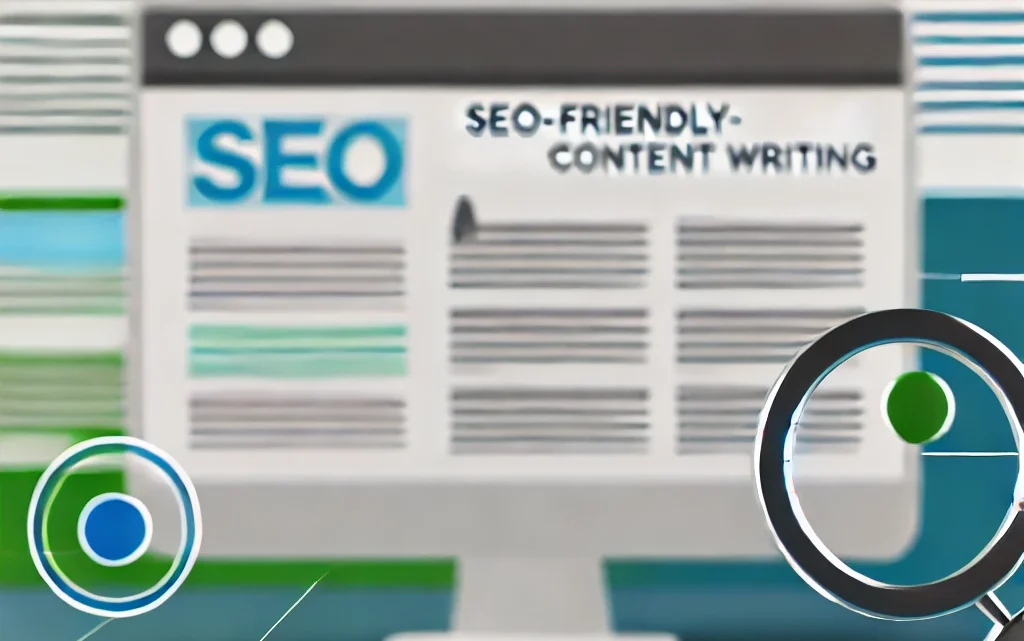
The Art of Writing SEO-Friendly Content: Everything You Need to Know
The Art of Writing SEO-Friendly Content: Everything You Need to Know
In today’s digital age, creating SEO-friendly content is not just a skill but an art. The competition for online visibility is fierce, and businesses are constantly striving to rank higher in search engine results. However, achieving top rankings requires more than just keyword stuffing. It involves crafting well-structured, informative, and engaging content that resonates with both search engines and readers. In this article, we will delve into the art of writing SEO-friendly content, providing you with tips and strategies to enhance your productivity and effectiveness in content creation.
Understanding SEO-Friendly Content
SEO (Search Engine Optimization) is the practice of optimizing content to rank higher in search engine results. SEO-friendly content is not only about including keywords but also about creating valuable, user-centric content that answers the queries of your target audience. The key components of SEO-friendly content include:
- Keyword Research: Identifying the right keywords that your audience is searching for.
- Content Structure: Organizing your content in a way that is easy to read and understand.
- Meta Tags: Crafting compelling meta titles and descriptions that encourage clicks.
- Internal and External Links: Including relevant links to guide users and search engines through your content.
- High-Quality Content: Providing valuable information that keeps users engaged.
The Importance of Keyword Research
Before you start writing, keyword research is essential. It helps you understand what your audience is searching for and how you can meet their needs. Here’s how you can conduct effective keyword research:
1. Use Keyword Research Tools
Tools like Google Keyword Planner, Ahrefs, and SEMrush can help you identify popular search terms related to your niche. Look for keywords with a good balance of search volume and competition.
2. Focus on Long-Tail Keywords
Long-tail keywords are longer and more specific phrases that users are more likely to use when they’re closer to making a purchase or finding specific information. These keywords often have lower competition and higher conversion rates.
3. Analyze Competitor Keywords
Check what keywords your competitors are ranking for. This can give you insights into what is working in your industry and help you identify gaps in your content.
Crafting Well-Structured Content
Content structure plays a crucial role in SEO. Search engines favor content that is well-organized and easy to navigate. Here are some tips to create well-structured content:
1. Use Headings and Subheadings
Break your content into sections using headings (H1, H2, H3) and subheadings. This not only makes your content easier to read but also helps search engines understand the hierarchy of your content.
2. Keep Paragraphs Short
Long paragraphs can be overwhelming. Keep your paragraphs short (2-3 sentences) to maintain readability.
3. Use Bullet Points and Numbered Lists
Bullet points and numbered lists make your content scannable. Users can quickly find the information they need, and search engines appreciate the clear structure.
4. Include Images and Alt Text
Visuals make your content more engaging. Always include alt text with your images, as it helps search engines understand what the image is about and can improve your chances of ranking in image searches.
Writing Compelling Meta Tags
Meta tags are snippets of text that describe a page’s content. They don’t appear on the page itself but in the page’s source code. Meta tags are crucial for SEO because they influence click-through rates. Here’s how to craft compelling meta tags:
1. Meta Title
The meta title should be concise (50-60 characters) and include your primary keyword. It should be compelling enough to make users want to click on your link.
2. Meta Description
The meta description provides a brief summary of the page (150-160 characters). It should include your primary keyword and a call-to-action that encourages users to click.
3. Avoid Duplicate Meta Tags
Each page on your website should have a unique meta title and description to avoid confusing search engines and users.
Leveraging Internal and External Links
Links are the backbone of SEO. They help search engines understand the relationship between different pages on your site and how they relate to external content. Here’s how to use links effectively:
1. Internal Links
Internal links connect different pages on your website. They help search engines discover new pages and understand the structure of your site. Use internal links to guide users to related content and keep them engaged on your site.
2. External Links
External links point to content on other websites. These links help build your website’s credibility and authority. When linking to external content, make sure it is from reputable sources.
Creating High-Quality Content
High-quality content is the cornerstone of SEO. Search engines aim to deliver the best possible results to users, so your content must be informative, engaging, and valuable. Here’s how to create high-quality content:
1. Understand Your Audience
Know who you are writing for. What are their pain points? What solutions are they looking for? Tailor your content to address their needs and provide actionable insights.
2. Provide In-Depth Information
Don’t just scratch the surface. Provide in-depth information that thoroughly covers the topic. This not only keeps users engaged but also increases the chances of your content being shared and linked to.
3. Keep Content Up-to-Date
Regularly update your content to ensure it remains relevant. Search engines favor fresh content, and users appreciate up-to-date information.
Conclusion
Writing SEO-friendly content is both an art and a science. It requires a deep understanding of your audience, meticulous keyword research, and a focus on creating high-quality, well-structured content. By following the tips outlined in this article, you can improve your content’s SEO performance, enhance your online visibility, and ultimately drive more traffic to your website. Remember, SEO is an ongoing process, so continue to refine your strategies and stay up-to-date with the latest trends.
#SEOWriting #ContentMarketing #DigitalMarketing #SEO #ContentStrategy #OnlineVisibility